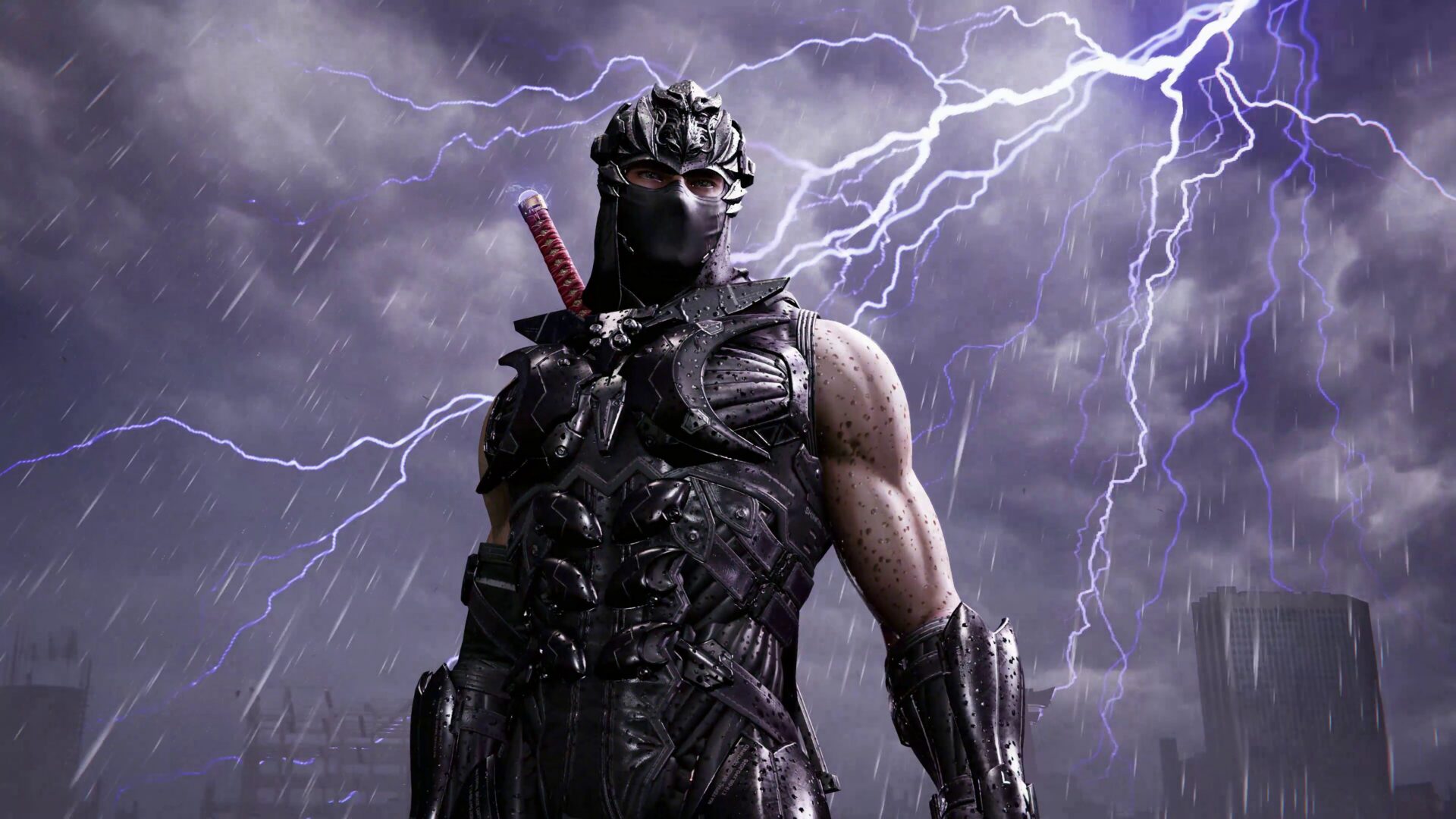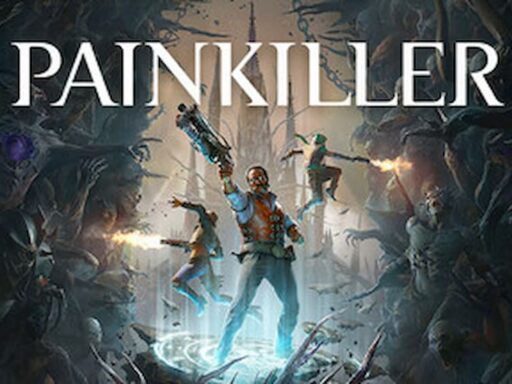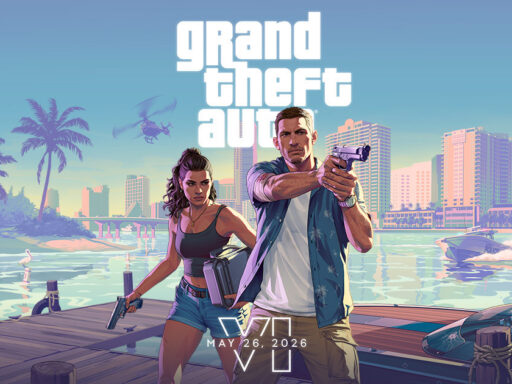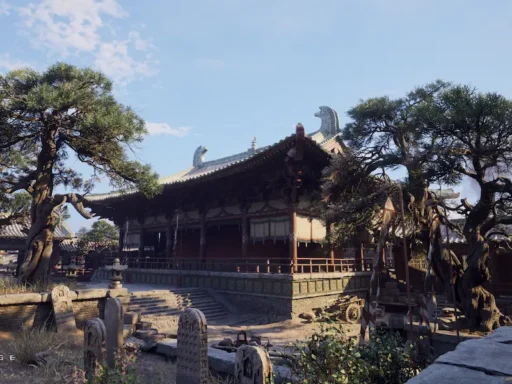Last updated on October 26, 2025
Every so often, a beloved series returns in a way that both stokes nostalgia and pushes familiar mechanics into bold new territory. In 2025, Ninja Gaiden 4 stunned fans and newcomers alike—not just for reviving a storied action franchise, but by pulling off a risky collaboration between two titans of combat: Team Ninja and PlatinumGames.
Longtime followers remember the years since Ninja Gaiden Z: Yaiba as a drought, punctuated by rumors and skepticism, especially after creative visionary Tomonobu Itagaki’s departure. Yet, Ninja Gaiden 4 arrives as a rare fusion: Team Ninja’s disciplined approach to brutal, technical swordplay enhanced by Platinum’s signature flair for fast movement and spectacle. The influence of Xbox Game Studios and publisher Koei Tecmo not only brought critical funding, but also set a high bar for polish and reach.
Launch & Creative Team
The announcement of a joint venture between Team Ninja and PlatinumGames surprised even the most optimistic franchise devotees. These are studios that, taken separately, have redefined how we experience action—from Ninja Gaiden’s “no mercy” combo systems to Platinum’s breathless, arcade-like dynamism in games like Bayonetta and Nier Automata. Now, working together, they have attempted to create both a tribute to the series’ roots and a new standard for 3D action.
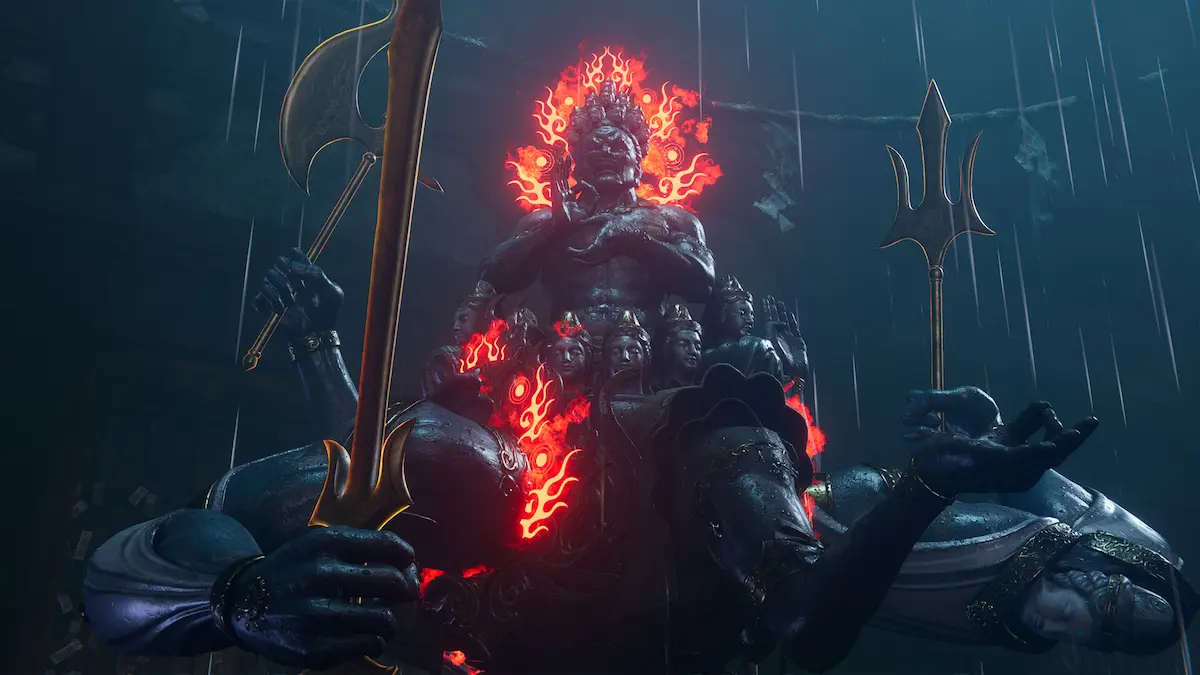
While Xbox Game Studios invested heavily in development and marketing, Koei Tecmo took the reins in preserving series canon and branding. Lead design duties went to Platinum, with Team Ninja anchoring AI and advanced combat systems. The creative friction, by all accounts, was productive—resulting in a game that never quite feels like a clone of either studio’s best-known titles, but a marriage of styles with its own energetic identity.
First Impressions – A World Reborn
Right out of the gate, Ninja Gaiden 4 makes its intentions clear. The visual design, handled by Platinum’s proprietary engine, leans hard into cyberpunk noir. Rain-slick streets, sweeping neon vistas, and stormy skies set the mood. Animation is crisp and responsive—Yakumo, the new protagonist, moves with feline agility, while legendary hero Ryu Hayabusa retains his stoic, deadly grace.
Art director Tomoko Nishii infuses cutscenes and character models with anime influences, especially apparent in Yakumo’s flowing costume and expressive face. Combat arenas pulse with dynamic lighting and particle effects, lending even the simplest skirmishes a sense of visual drama. Though the shift to stylized anime art is a notable departure, it fits the franchise’s move toward high-speed traversal and larger-than-life set pieces.
Combat Evolved – A Masterclass of Movement and Mayhem
If Ninja Gaiden 4 shines anywhere, it’s in combat. The developers promised the most sophisticated hack-and-slash experience to date, and—for the most part—they deliver. At its core, the game offers what fans crave: lightning-fast response times, a dizzying array of combos, punishing enemy AI, and a difficulty curve that rarely flattens out.
But new mechanics are the real story. Open-level layouts allow meaningful exploration, with side missions and environmental secrets rewarding players willing to roam beyond the critical path. Gone are the days when you could cheese bosses or rely on a single, dominant move. Enemies adapt, counter, and exploit openings, requiring adaptive strategy.
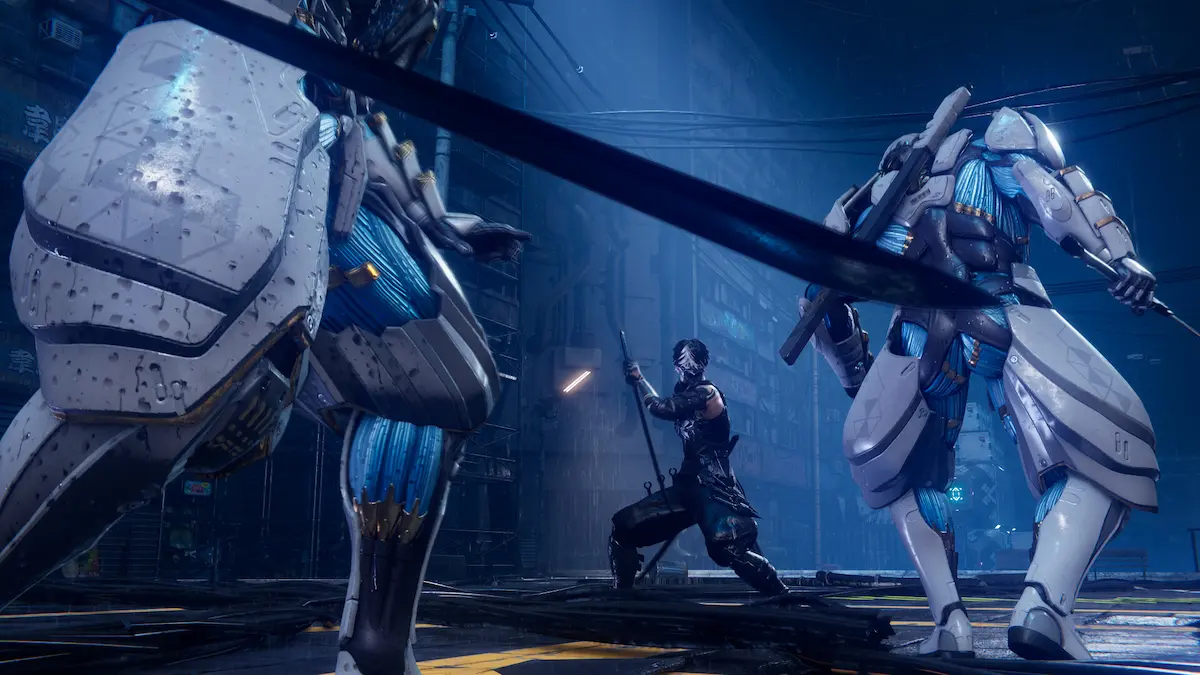
Yakumo, the young ninja who takes center stage, introduces the “Blood Gauge”—a risky system where you sacrifice health to break enemy defenses and trigger transformative “Raven Form” attacks unique to each weapon. Five main weapons are unlockable, each with a full suite of alternate attacks, secondary moves, and over-the-top “finisher” animations. Ryu Hayabusa, featuring in later chapters, retains the classic moveset but feels even more potent thanks to tighter controls, a perfected camera, and expanded skill libraries.
Players now unlock abilities via dual currencies: general upgrades at the classic Muramasa Shop and weapon-specific skills at new stores. Shurikens are the only ranged option—a decision that puts even more focus on close combat mastery. On lower difficulties, assists are available (auto-dodge, auto-guard), but veterans will find Master Ninja mode ruthlessly demanding. Even series pros should expect multiple defeats per boss on their first run.
Design Innovation – Movement is King
Level design marks another leap forward. Inspired by the broader “character action” genre, the game weaves in modern traversal mechanics: grapples for swinging, wingsuits for gliding, and ziplines for rapid movement between city sectors. Urban open areas invite a “hunt for secrets” approach; only the impatient will rush the main story objectives. This freshness is most apparent in “Purgatory Missions,” a set of optional arenas with escalating challenge and grueling enemy waves.
The inclusion of both sprawling battlefields and linear corridor fights means the pace rarely goes stale. Secondary objectives, cleverly hidden collectibles, and unlockable costumes reveal the influence of Platinum’s best practices. Only occasionally does the exploration drift into repetition—most notably during Ryu’s “reprise” segments, which sometimes reuse areas from Yakumo’s journey for narrative reasons.
Character Dynamics and Progression
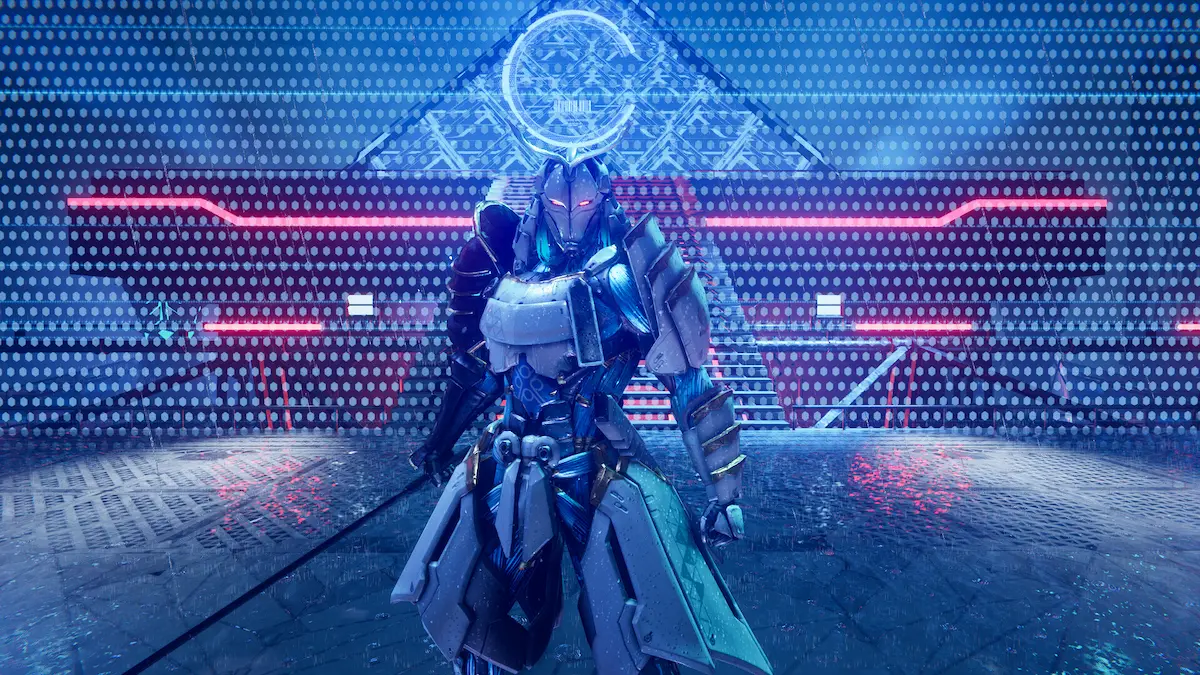
A pivotal change is the cast. Yakumo, a brash young talent from a rival ninja clan, is the headline playable character. He’s expressive, agile, and—through sheer design—serves as a bridge between Platinum’s kinetic sensibility and Team Ninja’s classic intensity. Ryu, meanwhile, is a stoic sentinel, slightly modernized but always respectful of his roots.
The “Blood Gauge” defines Yakumo’s playstyle, as does the “Raven Form” each weapon unlocks—a twist that lets players rapidly swap movesets for cinematic, sweeping attacks. Progression is meaningful: both general and weapon-centric skill trees allow for deep customization, and trying out different builds is both incentivized and fun.
Notably, the game includes a novel character-switching mechanic: at critical moments, you take control of Ryu for boss fights and flashback missions, creating a satisfying sense of narrative interplay. However, some veterans may find Ryu’s late-game levels less innovative due to recycled bosses and fewer fresh ideas.
Story: Simplicity Over Substance
If Ninja Gaiden 4 has a weak point, it’s the story. Veterans never expected literary greatness, but even so, this year’s narrative keeps things basic. Yakumo is tasked with eliminating Seori, a priestess tied to a lingering “Dark Dragon” curse. Instead of following his clan’s orders, he decides to shield her, leading both on a pilgrimage to mystical shrines with the hope of dispersing ancient evil once for all.
Ryu, initially positioned as a semi-antagonist, becomes a reluctant ally, and Yakumo’s conflict with his own clan simmers in the background. While there are cameos and mid-game plot twists, most are signposted well in advance. Secondary characters—like Seori—are thinly sketched, with motivations that rarely surprise. The dialogue veers toward the melodramatic, occasionally lapsing into exposition-heavy exchanges or outright “fan-service.”
One of the most controversial pacing decisions comes late, when the player is shifted into extended Ryu sequences set concurrently (or prior) to Yakumo’s story, forcing retracing of familiar ground. Some interpret this as padding, though others appreciate the chance to flex Ryu’s refined move set in new contexts. Either way, it’s a clear afterthought, perhaps with DLC and future expansions in mind.
Artistic Direction and Audio
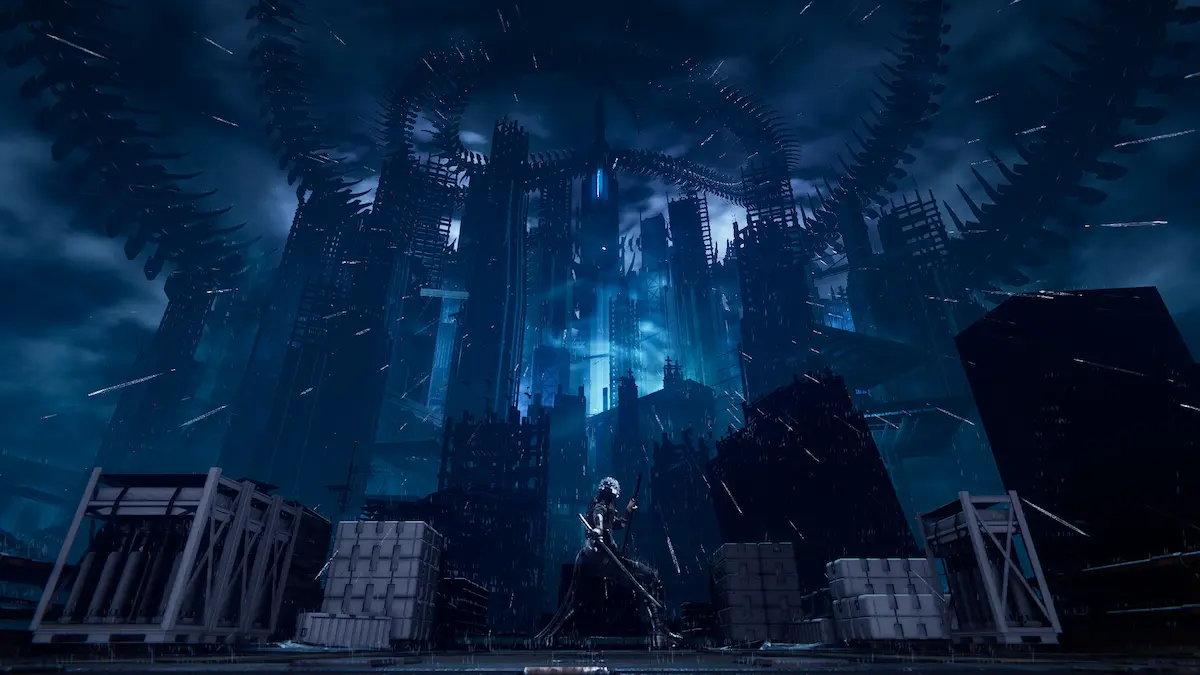
Where the writing drags, presentation excels. Ninja Gaiden 4’s audio mix is robust and layered: electro-punk combat themes heighten the kinetic rush, and environmental sounds—train whirrs, crowd noises, and echo effects—immerse the player. Weapon effects are crisp, and critical hits land with satisfying weight.
The art department’s shift toward anime-inspired design will divide fans. Some lament the move away from the series’ mature grit; others praise the vibrant, expressive style and character differentiation. Visual spectacle remains top-tier—especially in combat, where particle effects, slow-motion dodges, and cinematic finishers keep every battle visually fresh.
Boss Encounters and Difficulty
A Ninja Gaiden hallmark has always been memorable, challenging bosses, and the fourth entry broadly upholds that standard. Unique mechanics for each major foe—a hallmark of Team Ninja—reward observation, patience, and mastery. Ryu’s sections sometimes recycle bosses, but Yakumo’s journey is marked by genuinely tough, original trials.
Master Ninja difficulty is as punishing as ever, demanding flawless execution, memorization of patterns, and rapid improvisation. Less-experienced players can knock the challenge down with assists, but most will still find normal mode tough-yet-fair—a refreshing alternative to this generation’s sometimes overly-forgiving games.
World and Level Design: Not Perfect, But Satisfying
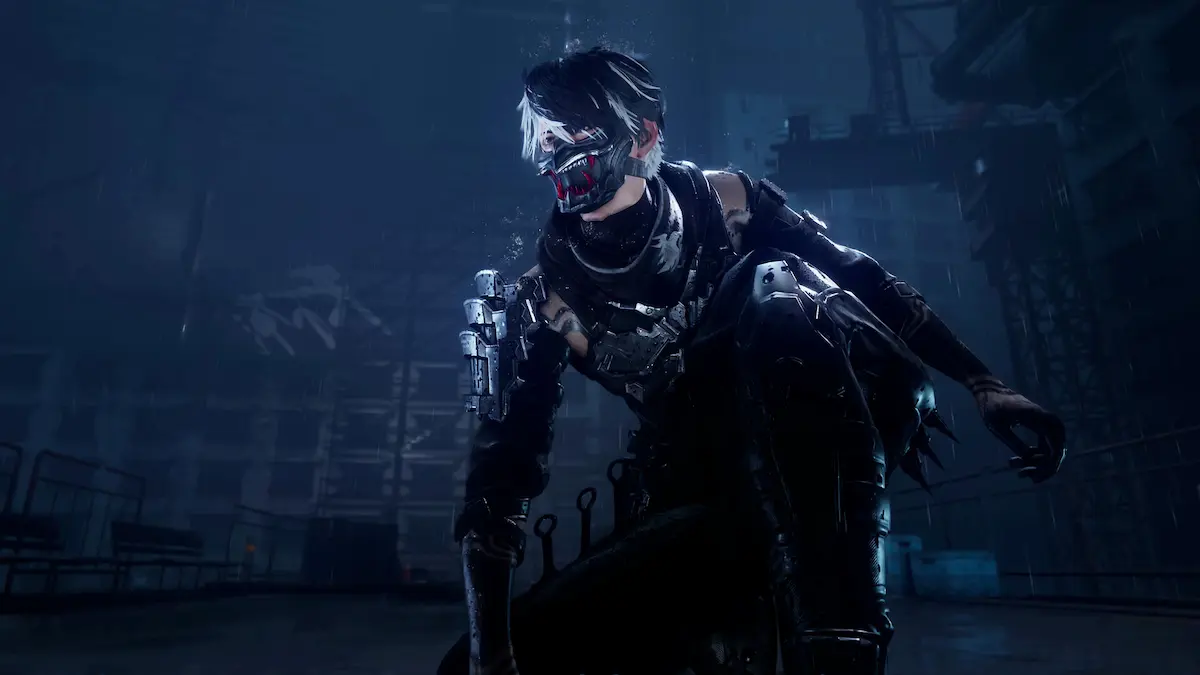
Linear mission structure is still present, but substantial areas in Tokyo and dark fantasy vistas invite exploration. Secret items and hidden rooms incentivize replay, and the environmental variety—though not “next-gen” stunning—is more colorful and lively than some recent action games. Sewer levels and neon-drenched rooftops achieve a moody ambiance, if not always unmatched graphical fidelity.
Some critics call out the lack of impressive “wow moments” in the story beats or the occasional repeated asset. Still, the world feels alive, filled with side challenges, collectibles, and non-linear objectives.
Final Thoughts – An Action Classic Reborn
Ninja Gaiden 4 faces inevitable scrutiny as both a series relaunch and a high-profile collaboration. Does it eclipse the revered Black and Sigma titles? Not quite—but it sets a daring new bar for hybrid action games and delivers the fluid, brutal combat fans desperately missed.
Its narrative won’t set new standards, and structural repetition sometimes rears its head. Yet, the marriage of Platinum’s kinetic design with Team Ninja’s fierce classicism produces a combat system that is simply joyful in motion—fast, punishing, stylish, and rewarding. Innovations in movement, character mechanics, and enemy AI keep every engagement tense.
Yakumo emerges as a credible new hero, Ryu is treated with respect, and the developers’ clear admiration for the franchise is evident everywhere outside the occasionally generic plot. For action gamers, genre historians, and Ninja Gaiden fans, this is an unmissable experience—intense, beautiful, and gleefully unforgiving.
Ninja Gaiden 4 deserves its spot, not just in the series’ annals, but as one of 2025’s essential hack-and-slash adventures.



